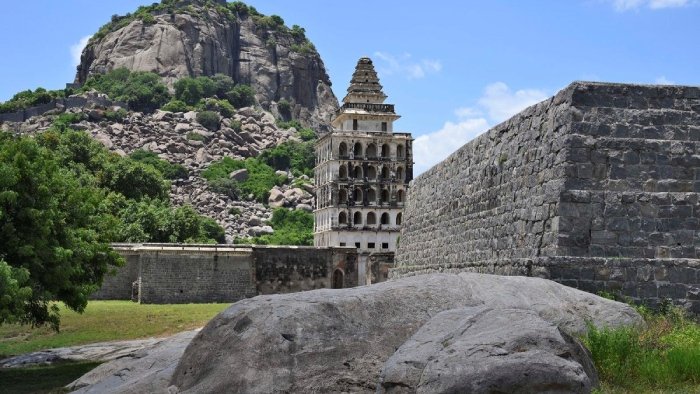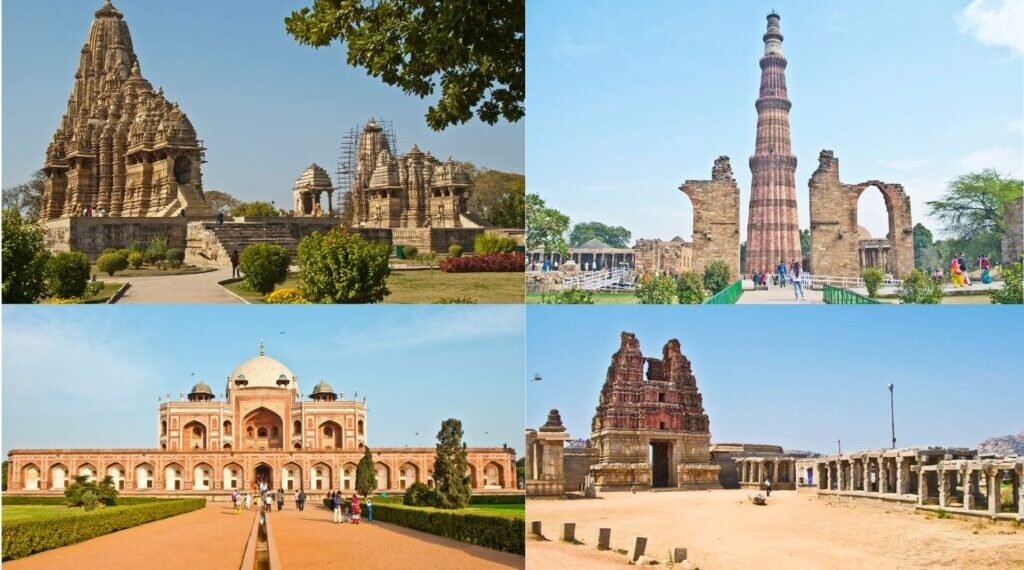In a major achievement for India, 12 forts – 11 located in Maharashtra and 1 in Tamil Nadu – constructed during the rule of Chhatrapati Shivaji Maharaj, have been designated as UNESCO World Heritage Sites. This worldwide acknowledgment emphasizes the strategic, architectural, and cultural heritage of the Maratha forts.
The proposal for the nomination was prepared by the Directorate of Archaeology and Museums within the Department of Cultural Affairs. The names on the list are Raigad, Rajgad, Pratapgad, Panhala, Shivneri, Lohgad, Salher, Sindhudurg, Suvarnadurg, Vijaydurg, Khanderi (Maharashtra), and Gingee (Tamil Nadu).
These forts fulfilled the UNESCO standards of “Outstanding Universal Value” because of their distinctive hill fort design, strategic utilization of the Sahyadri landscape, and guerrilla warfare methods established during Maratha rule.

ALSO READ: How Willpower helps in Attaining Success and Personal Growth?
What Makes a Site a UNESCO World Heritage?
UNESCO World Heritage encompasses sites, both cultural and natural, that are considered to possess remarkable universal significance and are acknowledged by UNESCO for their extraordinary importance to humankind.
These locations are listed on the World Heritage List, indicating their importance and necessitating global collaboration for their safeguarding and upkeep.
These are some criterias required for sites to be listed under UNESCO World Heritage:
- Exceptional Universal Significance: This is the fundamental necessity. The location should be recognized as having extraordinary significance that goes beyond national limits and advantages both current and future generations.
- Management and Safeguarding: The location should have sufficient strategies, protocols, and resources for its safeguarding, preservation, and administration, guaranteeing its enduring conservation.
- Authenticity and Integrity: Cultural sites should show authenticity in their materials, design, environment, and craftsmanship. Natural areas should preserve their vital ecological and biological functions along with their biodiversity.
- Aestheic Importance: Featuring extraordinary natural events or regions of remarkable beauty and aesthetic value, illustrating key milestones in Earth’s history, showcasing important ongoing ecological and biological processes, or harboring the most vital natural habitats for the in-situ preservation of biological diversity.

ALSO READ: Analysis! Are We Doing Enough to Combat the Rise in Cancer Cases?
UNESCO: Preserving the World Heritage
Exceptional Universal Value is viewed as surpassing national limits and holding significance for future generations. World Heritage designation is a significant honor that carries responsibilities and global oversight.
UNESCO emphasizes safeguarding intangible cultural heritage, encompassing traditions, oral expressions, performing arts, social customs, rituals, celebratory events, knowledge and practices related to nature and the cosmos, as well as the expertise and techniques required for creating traditional crafts.
In summary, World Heritage embodies a worldwide initiative to protect locations of extraordinary cultural and natural significance, guaranteeing their conservation for the advantage of current and future generations.













